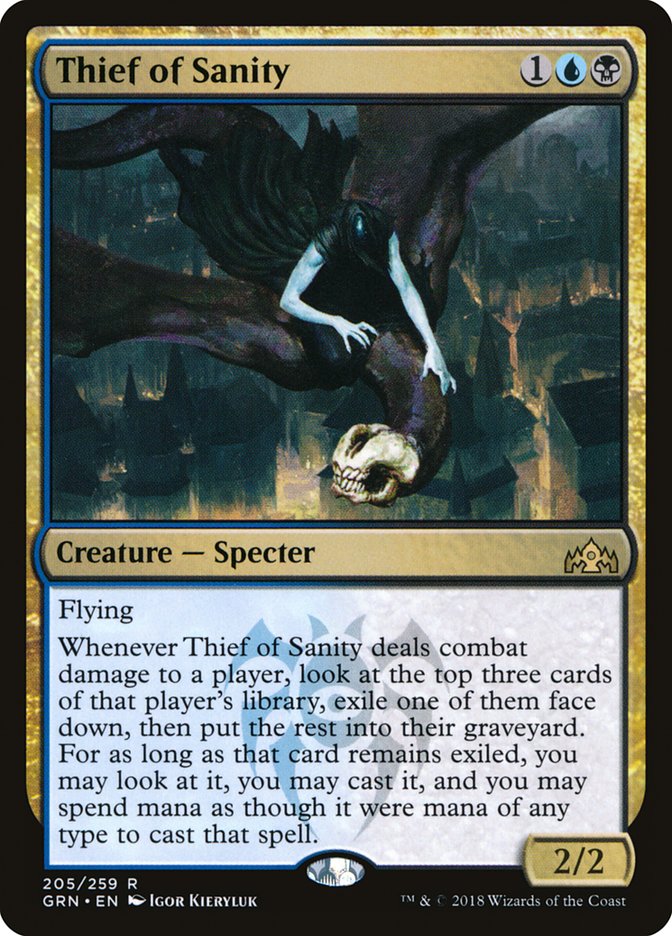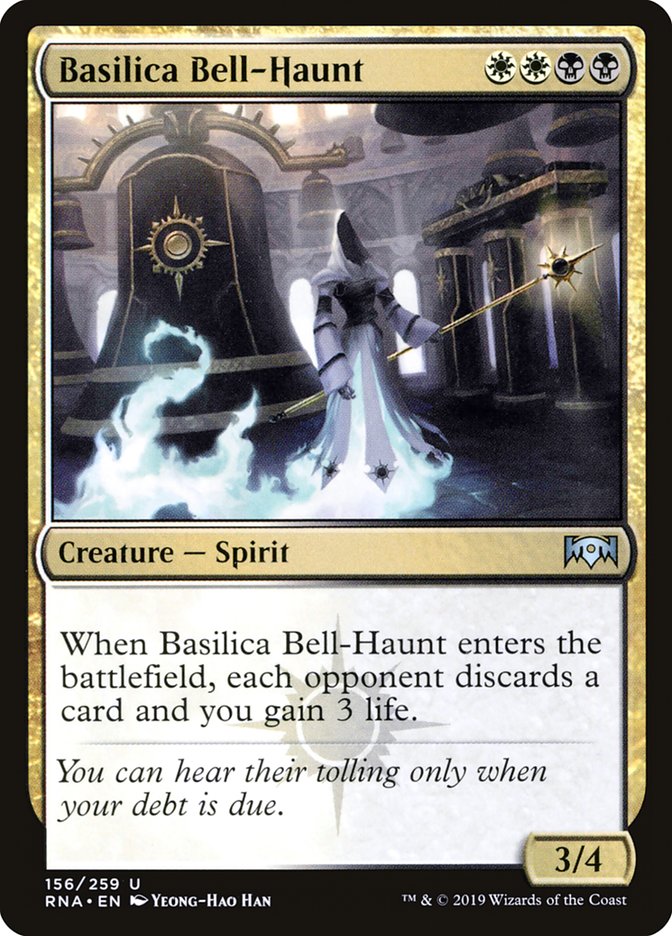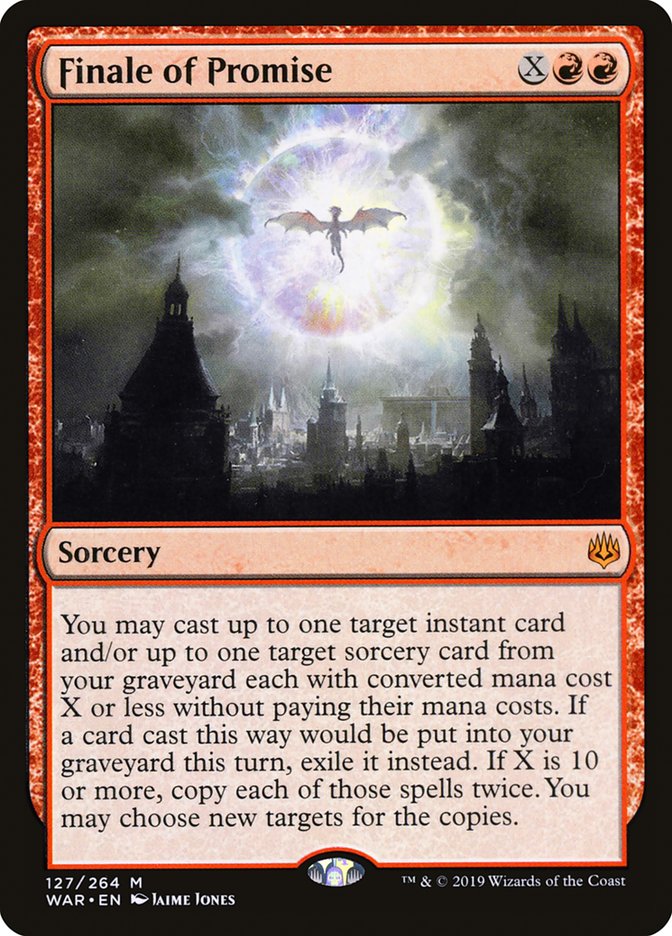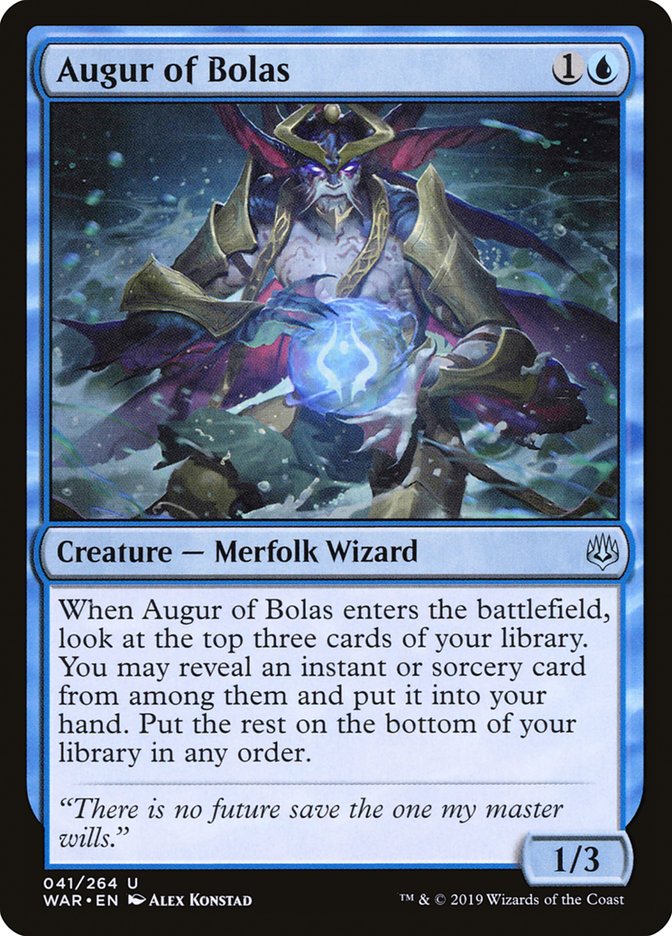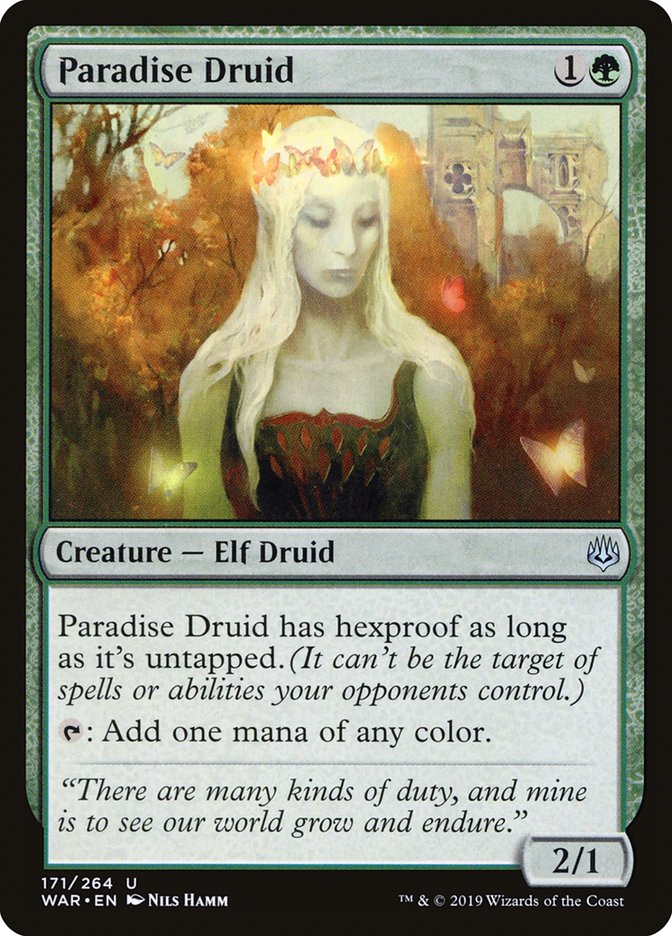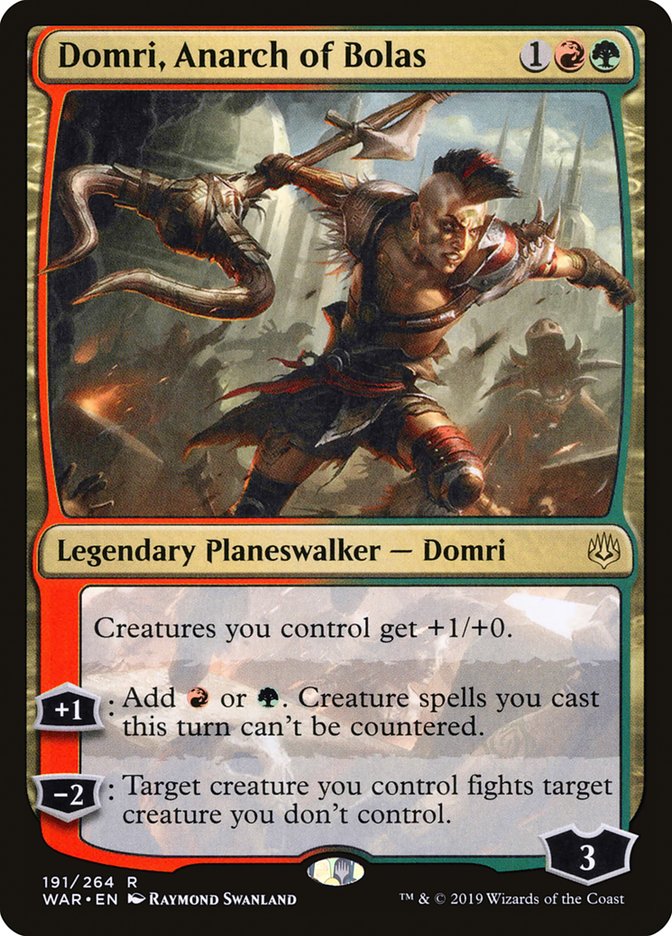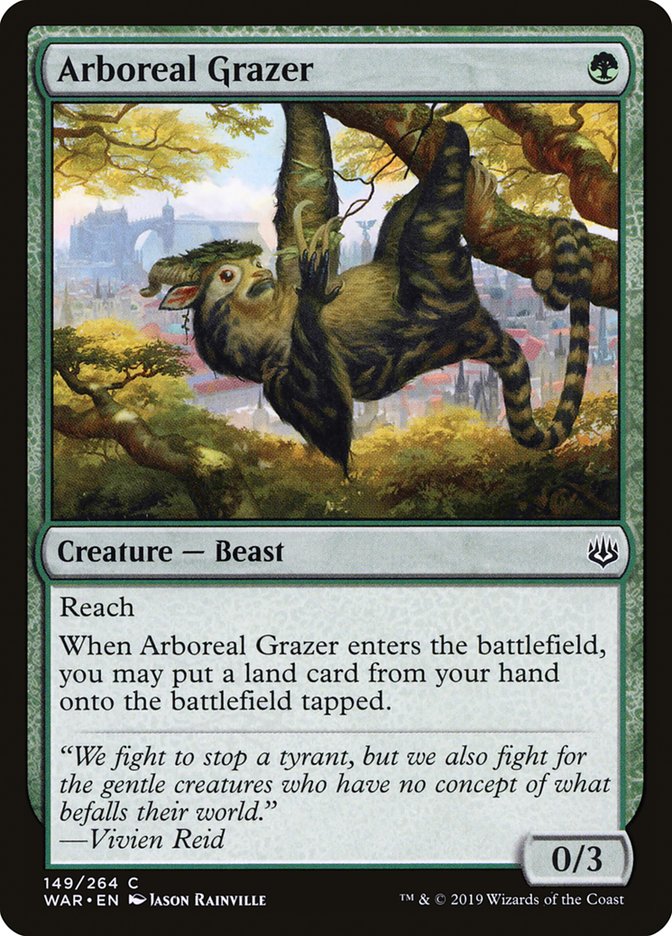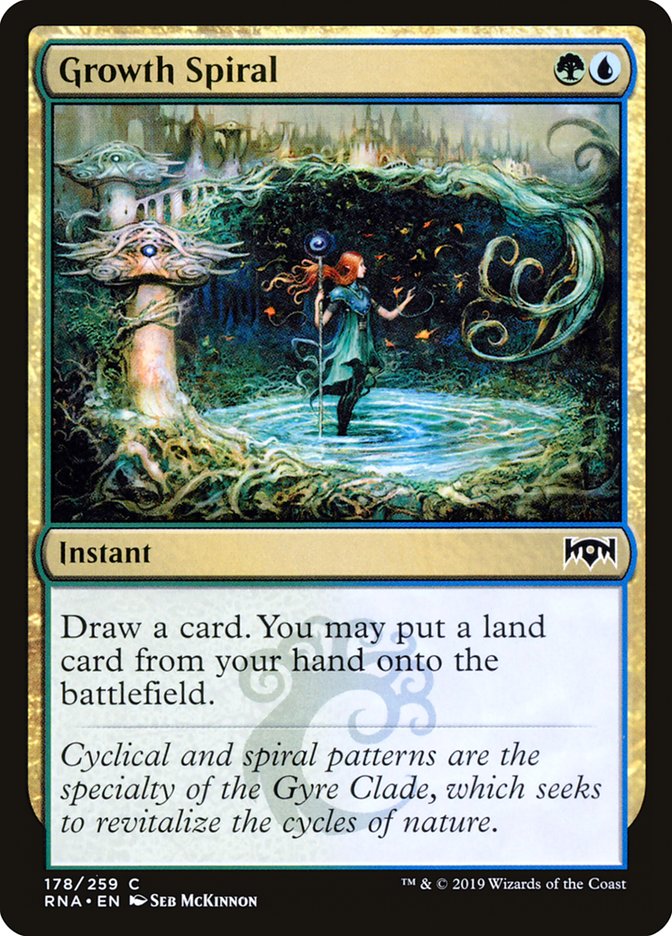I can’t remember a Standard format quite like this one. We are currently living in a world with over a dozen unique and playable archetypes, and almost every one of these decks has multiple distinct ways it can be built. Wading through the sea of options can be overwhelming, so today I’m going to talk about what I believe are the best versions of the four best decks.
1. Esper Superheroes
Creatures (8)
Planeswalkers (12)
- 4 Teferi, Hero of Dominaria
- 1 Liliana, Dreadhorde General
- 4 Teferi, Time Raveler
- 3 Narset, Parter of Veils
Lands (26)
Spells (14)
- 1 Cast Down
- 4 Thought Erasure
- 1 The Elderspell
- 3 Oath of Kaya
- 3 Tyrant's Scorn
- 1 Command the Dreadhorde
- 1 Despark
Sideboard

I tend to avoid jumping on bandwagons, but the recent performance of Esper Superheroes has been impressive. Esper can simply do it all, as the incredibly malleable gameplans it provides leaves you with room to maneuver no matter what you’re playing against. More than anything, I’ve found the primary weakness of the deck to be playing from behind. When you are unable to protect your planeswalkers, you lose your main form of card advantage and the entire house of cards tends to collapse.
There are three main things that push me towards the version of Esper originally popularized by Martin Muller, and the first is the absence of Thief of Sanity. With such a large portion of the metagame having cheap interaction for the flying 2/2, playing the additional creature tends to feel like a real liability. Narset, Parter of Veils is able to strand those removal spells while also helping check the efficacy of some of the strongest cards in the format, like Hydroid Krasis and Teferi, Hero of Dominaria.
Having access to a playset of Basilica Bell-Haunt does an excellent job of complementing the increased reliance on planeswalkers. In conjunction with Hero of Precinct One, you can block most every creature on the ground effectively, and with the rise in popularity that Nissa, Who Shakes the World has seen, the fourth point of toughness has been excellent. The icing on the cake comes from just how punishing Bell-Haunt is against those who continue to play Mono-Red Aggro, and when combined with Oath of Kaya, you have all the tools to dismantle aggression.
My final point about Esper Superheroes is how well it plays at sorcery speed. Teferi, Time Raveler is still a premier card in Standard and having a deck that is largely immune to the powerful ‘walker is a huge positive.
2. Izzet Phoenix
Creatures (12)
Lands (21)
Spells (27)
Sideboard

Izzet Phoenix has long driven me insane. I was never able to find the correct balance of cantrips, threats, and interaction, and as a result I always lost a ton with it. That all changed when I started playing this list, because Brad Carpenter registered what I believe is the best Phoenix list I’ve ever played.
What makes me such a fan of this particular version? Brad has a supremely streamlined gameplan. The eleven burn spells give you both excellent reach and interaction with the myriad cheap creatures in Standard. Four copies of Finale of Promise leave you vulnerable to Teferi, Time Raveler but grant you the flexibility to easily recur Arclight Phoenix without playing cards as weak as Radical Idea.
When looking at the suite of creatures, we can see Augur of Bolas being included over the more powerful card in a vacuum, Goblin Electromancer. With 27 spells granting close to an 85% hit rate, Augur punishes opponents who use cheap interaction on your two-mana play. If they don’t interact, it leaves a residual threat to finish off problematic planeswalkers. Combine that with the ability to buy precious time against aggro, and I am a big fan of the innocuous Merfolk.
Izzet Phoenix preys on decks that are overly reliant on planeswalkers, strategies that stumble when their early mana creatures are removed, or explore-based packages that engage in combat exclusively on the ground. Right now, Standard is flooded with decks that meet those criteria and I wouldn’t hesitate to recommend Izzet Phoenix.
3. Gruul Aggro
Creatures (28)
- 4 Llanowar Elves
- 4 Rekindling Phoenix
- 4 Nullhide Ferox
- 4 Gruul Spellbreaker
- 4 Skarrgan Hellkite
- 4 Growth-Chamber Guardian
- 4 Paradise Druid
Planeswalkers (3)
Lands (23)
Spells (6)
Sideboard

For several weeks in a row Gruul was my go-to option in Standard, and while I still like the strategy, I can feel it getting a bit worse every event. Much of the appeal to the archetype comes from the excellent matchup against Mono-Red Aggro, a deck that was the premier Standard player for much of the time since War of the Spark was released. With the widespread adaptation of strong anti-aggro technology like Basilica Bell-Haunt and Ripjaw Raptor, it seems like the format at large has finally caught up to Mono-Red, and Gruul Aggro suffers for it.
That being said, Gruul Aggro still has a lot going for it. With Mono-Red on the downswing, you can finally ditch the perpetually underwhelming Thorn Lieutenant for the more explosive Paradise Druid. They both have the ability to consistently survive that critical first turn cycle to threaten planeswalkers on the battlefield, but the ramp Druid provides is worth more than any pump ability can be.
There are some small things I would tweak regarding Chris’s list. At least one additional Legion Warboss in the sideboard greatly helps your matchup against Bant Mass Manipulation when raw damage output is the main concern. I’d also like to find room for the fourth Domri, Anarch of Bolas, whose power-granting effect can power up your increased density of low-impact accelerants while also being potent removal against opposing mana accelerants.
Currently I’d rank Gruul Aggro as a solid if unspectacular deck that’s likely going to trend downwards in the next few weeks. Still, if you want to be aggressive, this is likely the place to go.
4. Bant Mass Manipulation
Creatures (17)
- 4 Llanowar Elves
- 1 Lyra Dawnbringer
- 1 Shalai, Voice of Plenty
- 4 Hydroid Krasis
- 4 Paradise Druid
- 3 Arboreal Grazer
Planeswalkers (7)
Lands (28)
Spells (8)

Bant has been the most difficult strategy for me to figure out, with anything from base Selesyna with The Immortal Sun and Finale of Glory and Simic with large numbers of Mind Control effects to 28-land variants leaning on Arboreal Grazer and Growth Spiral. It seems like everything is negotiable beyond the core of Llanowar Elves; Nissa, Who Shakes the World; and Hydroid Krasis.
That brings me to Ari Lax’s excellent article yesterday about Bant Mass Manipulation, with a list that I think is built well for this metagame. Moving from larger amounts of ramp creatures to the likes of Grazer and Spiral does wonders for not allowing Shock to be a disruptive spell. Esper Superheroes also tends to attack ramp by leaning into sweepers after sideboarding, which is another reason to like the swap.
Bant Mass Manipulation can struggle against the most aggressive portions of the Standard metagame, but in exchange you get one of the most crushing late-games against the rest of the field. With Mono-Red looking less appealing with each tournament weekend and Mono-White Aggro being close to nonexistent, Bant looks to be in an excellent place to exploit the field.
All the decks talked about today offer everything you need to succeed at your next tournament. With such a wide variety of strategies, it’s not difficult to find something that suits your playstyle and it’s incredibly refreshing to play a format with such unrivaled diversity.


